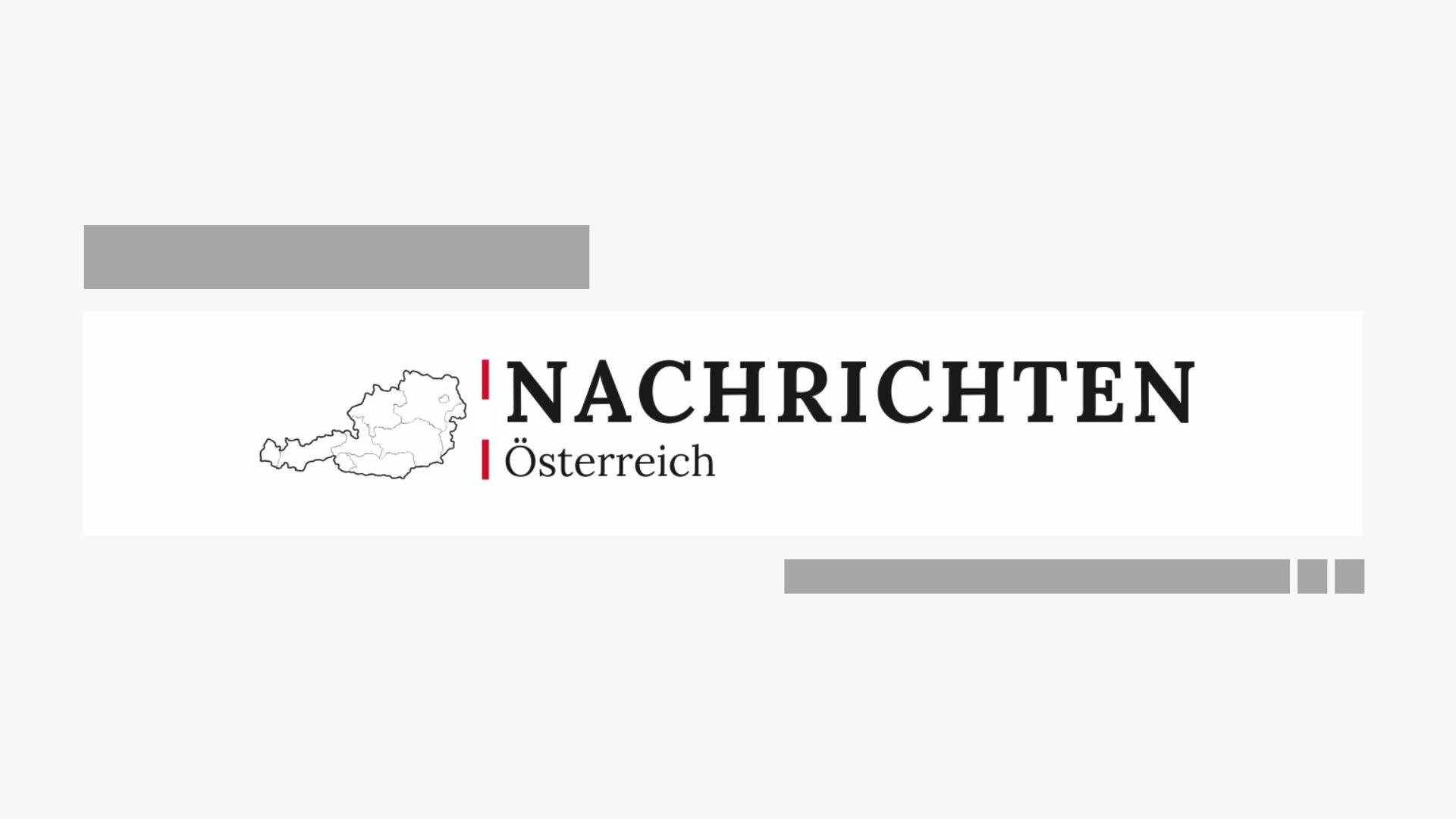. Language: German. Title: „““bvse – Forschungsprojekt der TH Köln zum modularen Bauen mit mineralischen Bauabfällen“““ Given Information: „““
Die Herstellung von Baustoffen zur Errichtung und Modernisierung von Gebäuden verursacht laut Naturschutzbund etwa acht Prozent der CO2-Emissionen in Deutschland. Um den Ausstoß von Treibhausgasen und den Ressourcenverbrauch zu reduzieren, entwickelt die TH Köln wiederverwendbare, modulare Bauteile, die vollständig aus recycelten mineralischen Reststoffen und Bauabfällen bestehen.
„Der enorme Ressourcenbedarf und die hohen Umweltauswirkungen des Bausektors, die weltweit weiter zunehmen, erfordern dringend nachhaltige Lösungen. Zwar liegt die Recyclingquote von Bau- und Abbruchabfällen bei bis zu 90 Prozent, das aufbereitete Material wird aber oft nur für Anwendungen auf niedrigerer Qualitätsstufe wie zum Beispiel im Tief- und Straßenbau eingesetzt. Eine höherwertige Aufbereitung und Verwertung sind zu aufwändig und zu teuer. Insbesondere feiner Bauschutt unter zwei Millimeter Korngröße landet immer noch zu einem großen Anteil auf Deponien und bleibt so ungenutzt“, erklärt Prof. Dr. Björn Siebert vom Institut für Baustoffe, Geotechnik, Verkehr und Wasser der TH Köln.
Um diesen Herausforderungen zu begegnen, möchten die Forscher*innen im Projekt verschiedene Rezepturen für verarbeitbare Mörtel entwickeln. Diese sollen aus recycelten Füllstoffen wie Asche aus der Restmüllverbrennung, Schotter von Bahngleisen oder Bauschutt sowie umweltfreundlichen Bindemitteln gefertigt werden. Letztere sind zum Beispiel Geopolymere, zementfreie Bindemittel auf der Basis von reaktiver Asche oder Schlacke, die als industrielle Nebenprodukte etwa in Hochöfen von Stahlwerken anfallen. Aus den Mörtelmischungen werden Probekörper produziert und auf ihre Festigkeit untersucht. Nach erfolgreichen Tests sollen Bauteile entstehen, die sowohl rückbaufähig als auch wiederverwendbar sind.
Mechanische Aufbereitung und neue Materialrezepturen
Mithilfe mechanischer Verfahrenstechniken wie dem Zick-Zack-Sichter werden die Materialien zerkleinert und sortiert. (Bild: Prof. Dr. Axel Wellendorf/TH Köln)In einem ersten Schritt werden die bisher deponierten Bau- und Abbruchabfälle auf :metabolon zerkleinert und sortiert. „In unserem Technikum bereiten wir die Materialien möglichst sortenrein auf und ermitteln die Korngrößenverteilung, die Rohdichte und den Wasseranspruch, also wie viel Wasser für eine bestimmte Verarbeitbarkeit benötigt wird.
Dann untersuchen wir die Materialzusammensetzungen für die mineralischen Füllstoffe und optimieren so lange, bis sie die gewünschten mechanischen und ästhetischen Eigenschaften erreichen“, berichtet Prof. Dr. Axel Wellendorf vom Institut für Allgemeinen Maschinenbau der TH Köln.
Rezepturen_Füllstoffe_Lukas Quast Im Anschluss werden die neuen Materialzusammensetzungen für die mineralischen Füllstoffe untersucht. (Bild: Lukas Quast/TH Köln)Auf Basis der neu entwickelten Baustoffe werden Bauteile wie Wände, Decken und Stürze am Computer simuliert und anschließend vom Projektpartner Polycare gefertigt.
Kreislauffähiges Musterhaus soll aus recycelten Baustoffen bestehen
Zum Abschluss des Projekts wird ein Musterhaus auf dem :metabolon Campus errichtet. Dabei sollen möglichst viele der im Projekt entwickelten neuen Bauelemente verwendet werden. „Unser Ziel ist es, Ressourceneffizienz nicht nur durch die Verwendung von Sekundärrohstoffen bei der Herstellung von Bauelementen zu erreichen, sondern auch die Lebensdauer der Produkte durch intelligentes Design und ein Bauprinzip ohne Verkleben zu verlängern. So können sie mehrfach wiederverwendet werden. Langfristig soll jedes unserer Produkte einen Materialpass mit Angaben zur Ökobilanz erhalten“, sagt Robert Rösler, CTO der Polycare Research Technology GmbH.
Über das Projekt
Das Projekt „Modulares Bauen mit mineralischen Bauabfällen im ökoeffizienten Stoffkreislauf“ (ÖMoBau) wird von Prof. Dr. Axel Wellendorf vom Institut für Allgemeinen Maschinenbau der TH Köln und Prof. Dr. Björn Siebert vom Institut für Baustoffe, Geotechnik, Verkehr und Wasser der TH Köln geleitet. Die Polycare Research Technology GmbH ist als Projektpartner für die Auswahl des zu recycelnden Bauschutts und den Bau des Musterhauses verantwortlich. Das Bundesministerium für Wirtschaft und Klimaschutz fördert das Vorhaben im Rahmen des Zentralen Innovationsprogramms Mittelstand (ZIM) bis Februar 2027 mit rund 430.000 Euro.
Quelle: www.th-koeln.de
„““ Unique article content:
